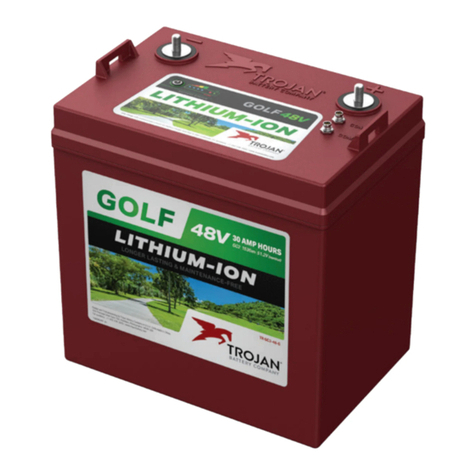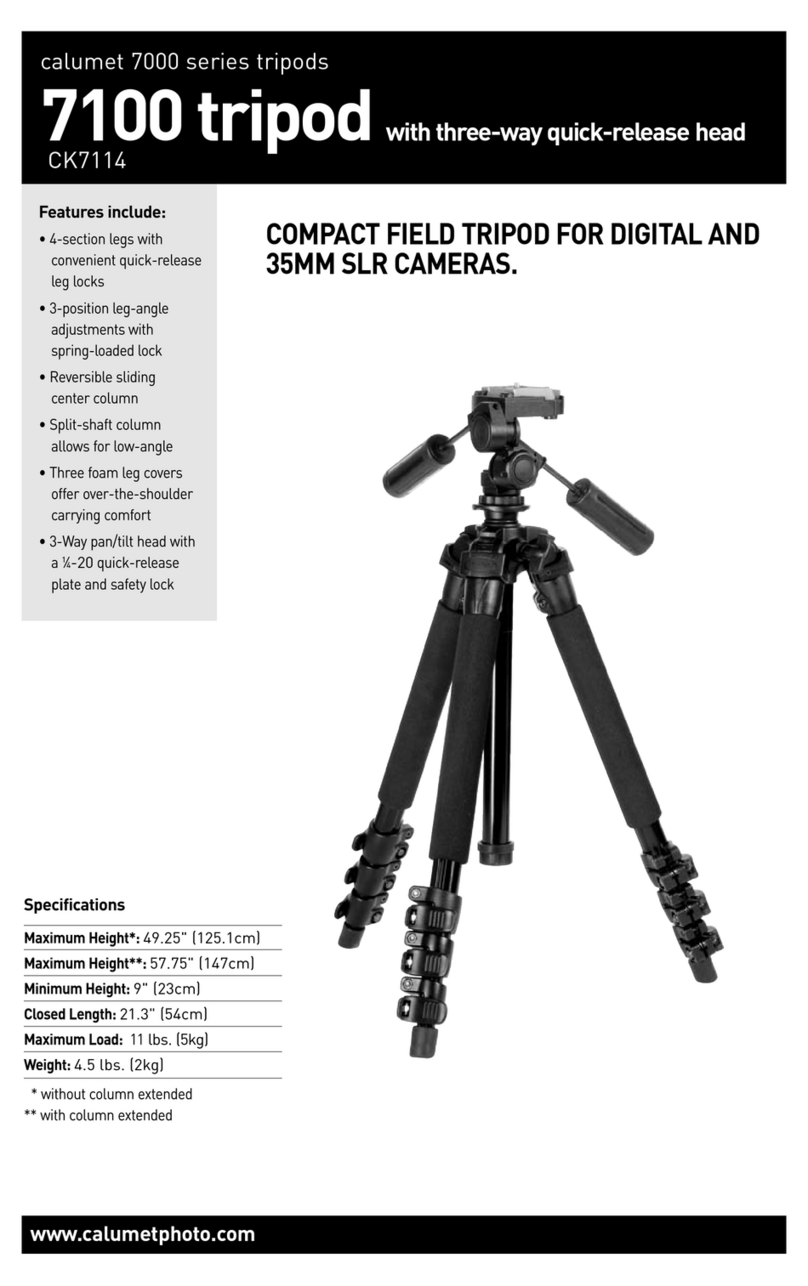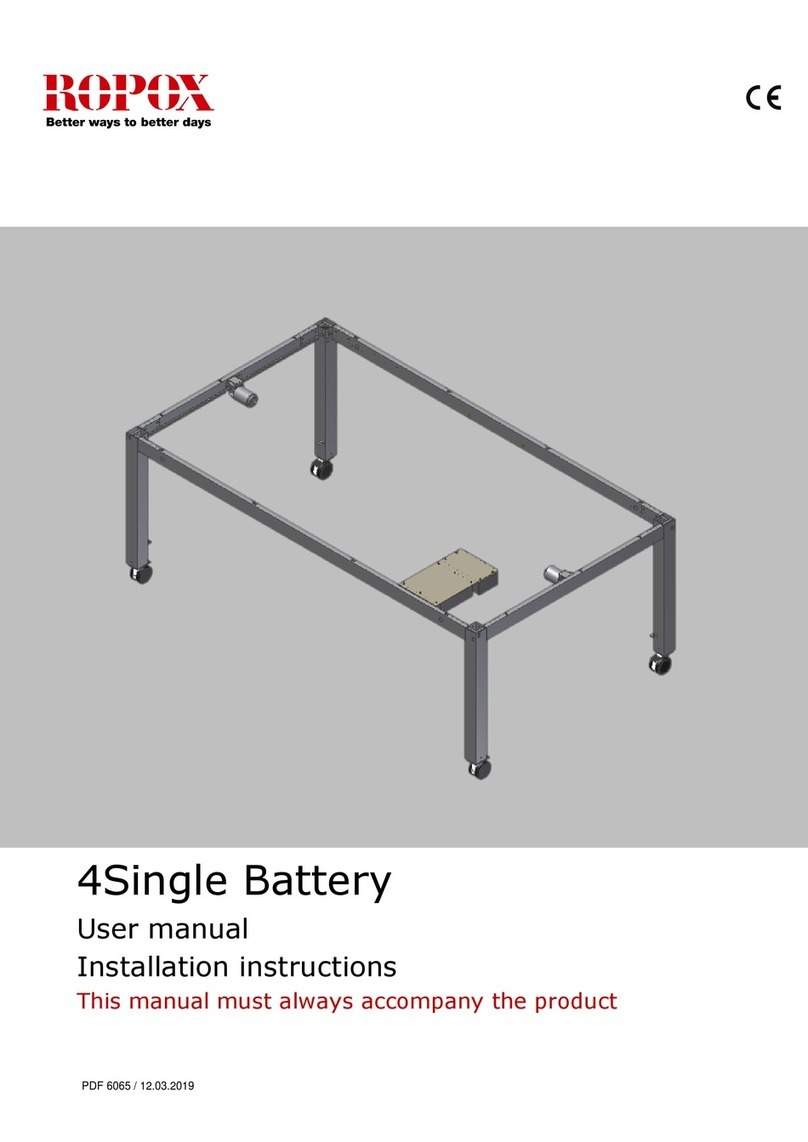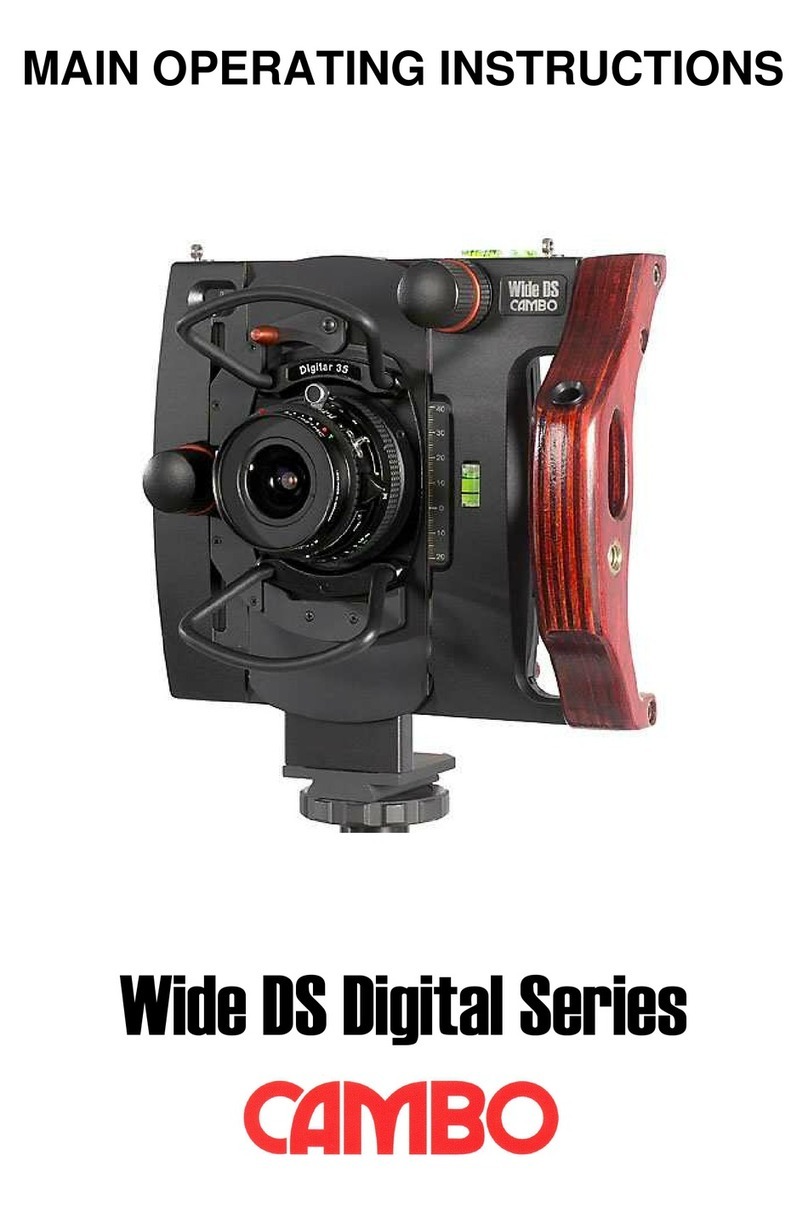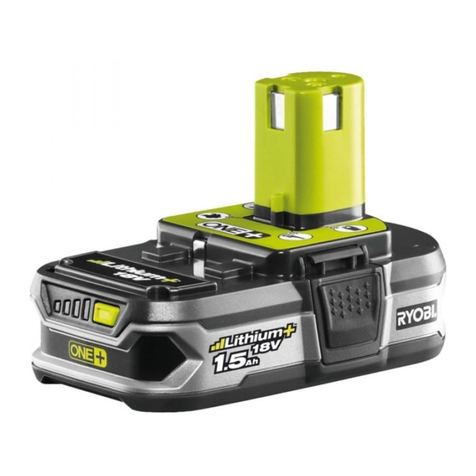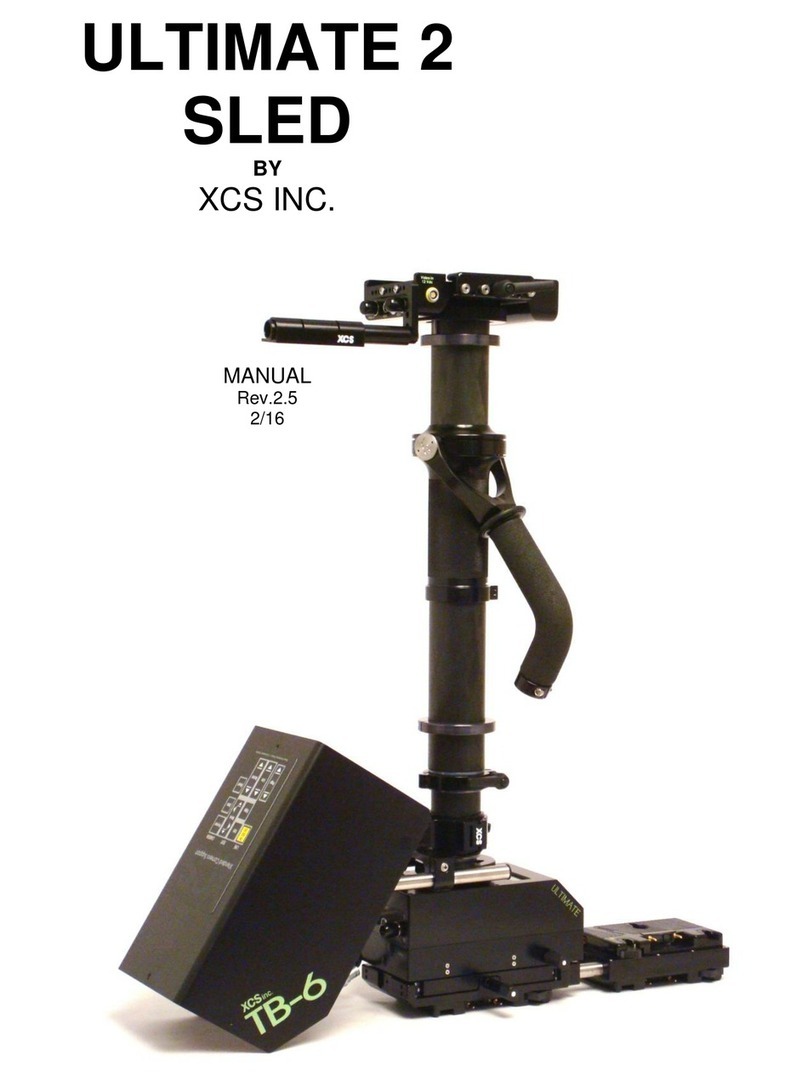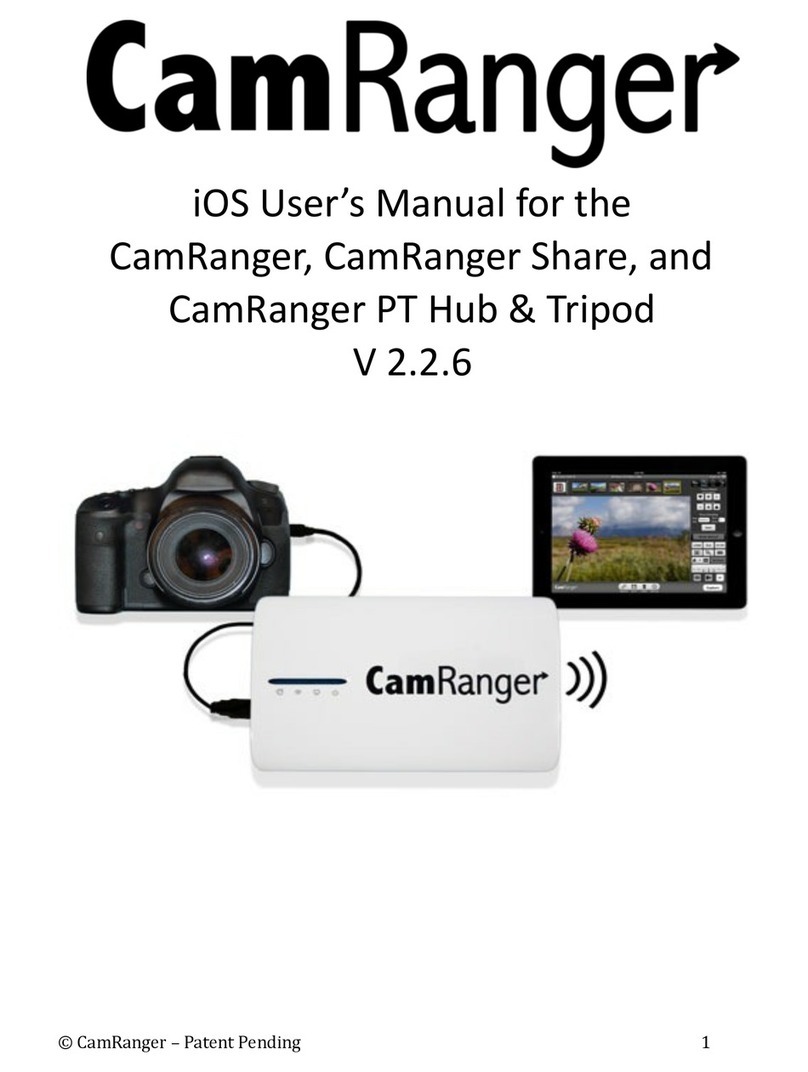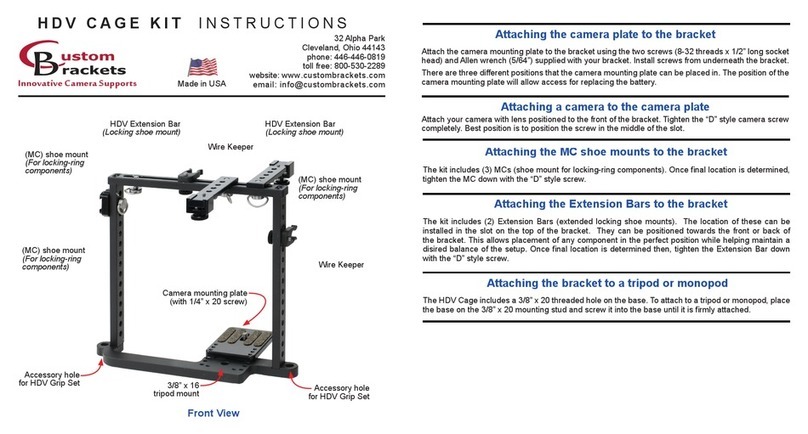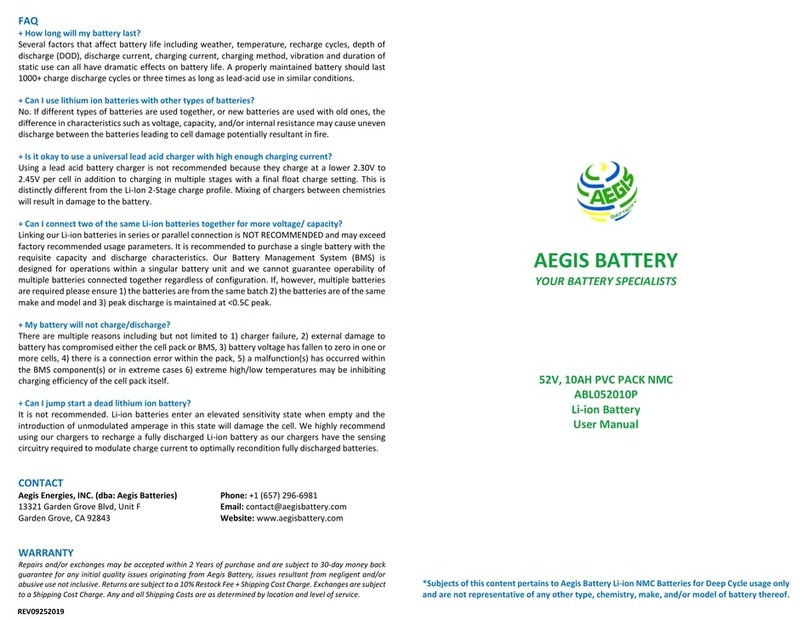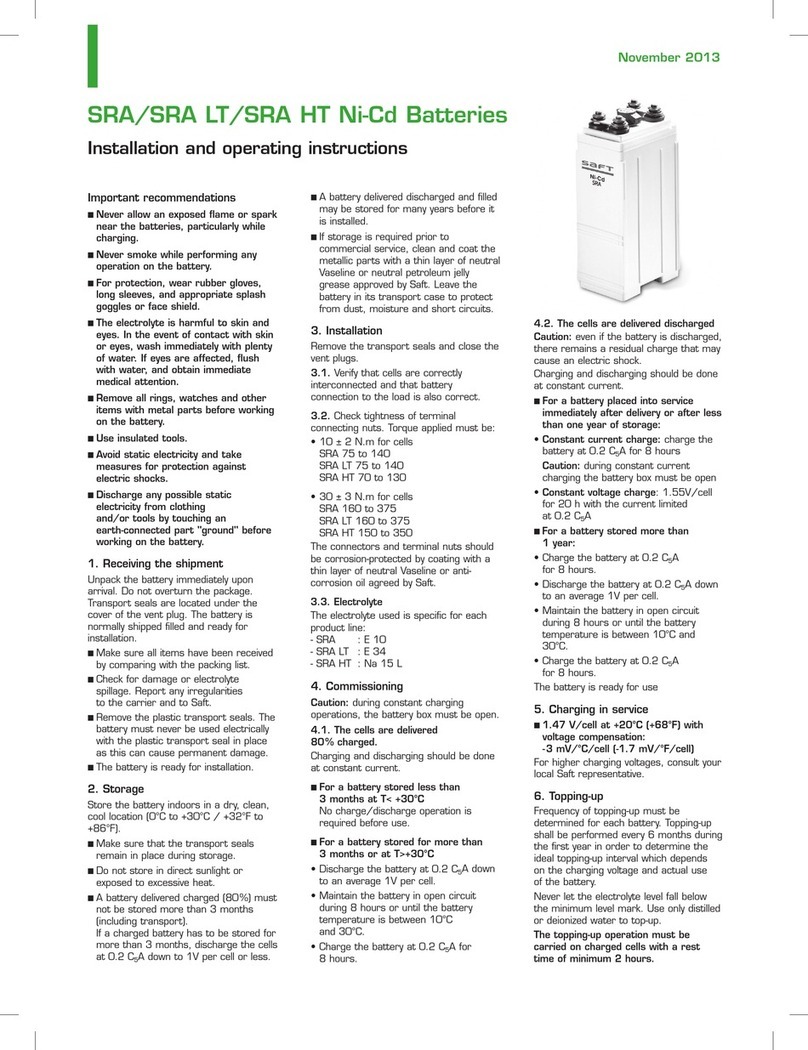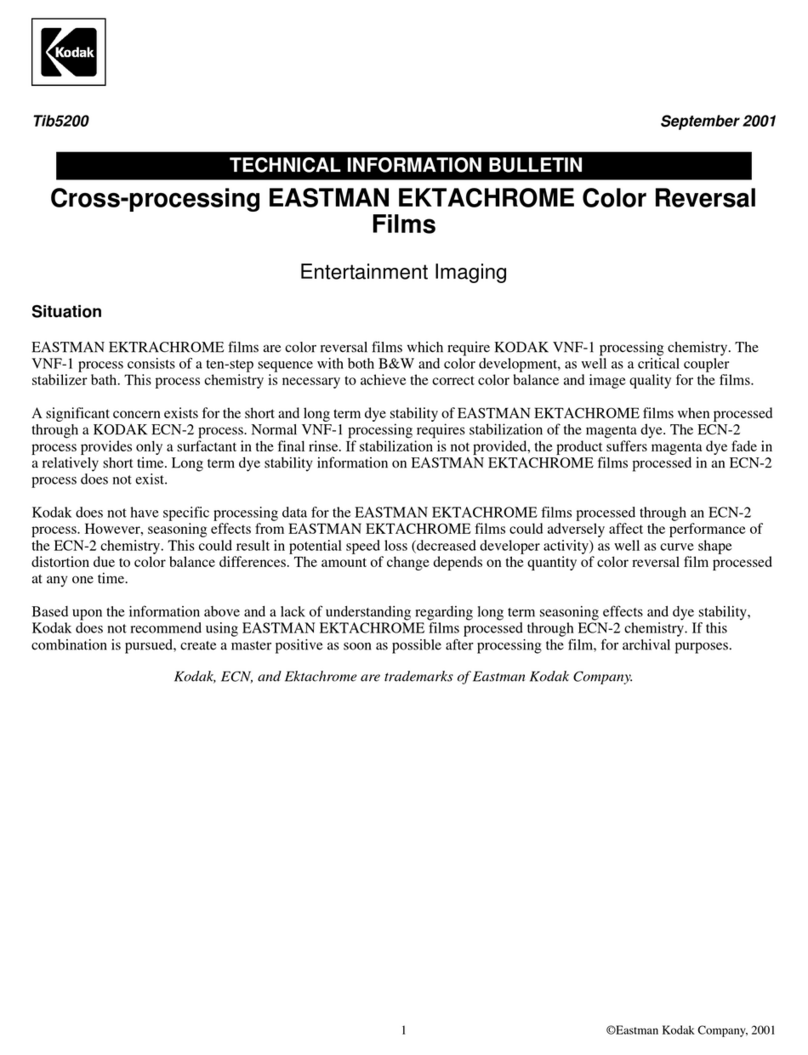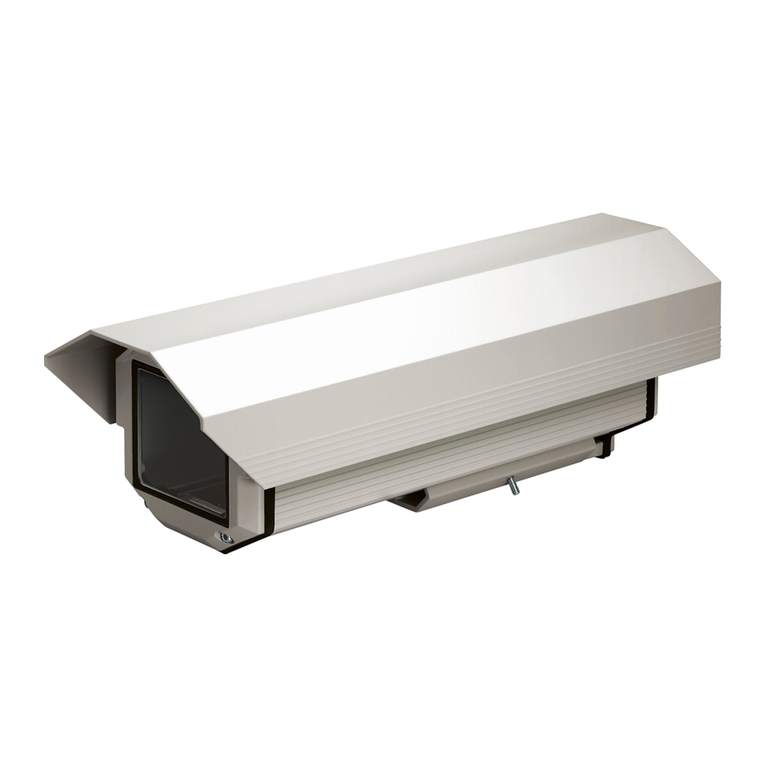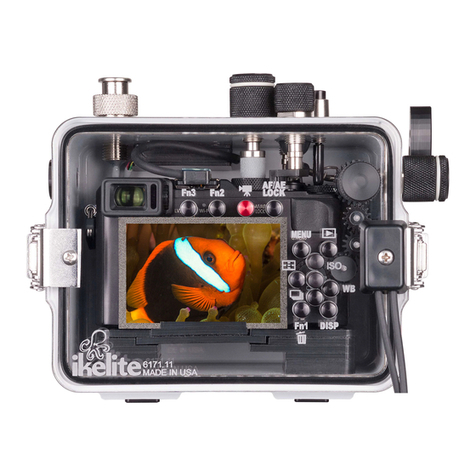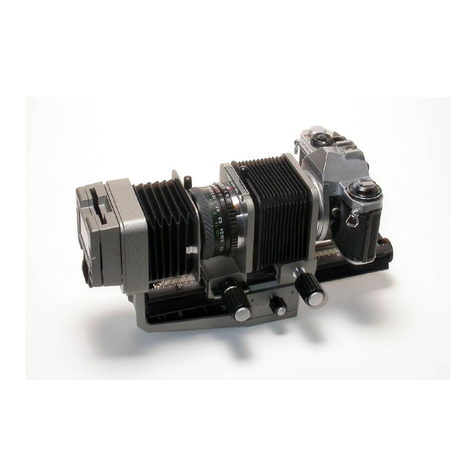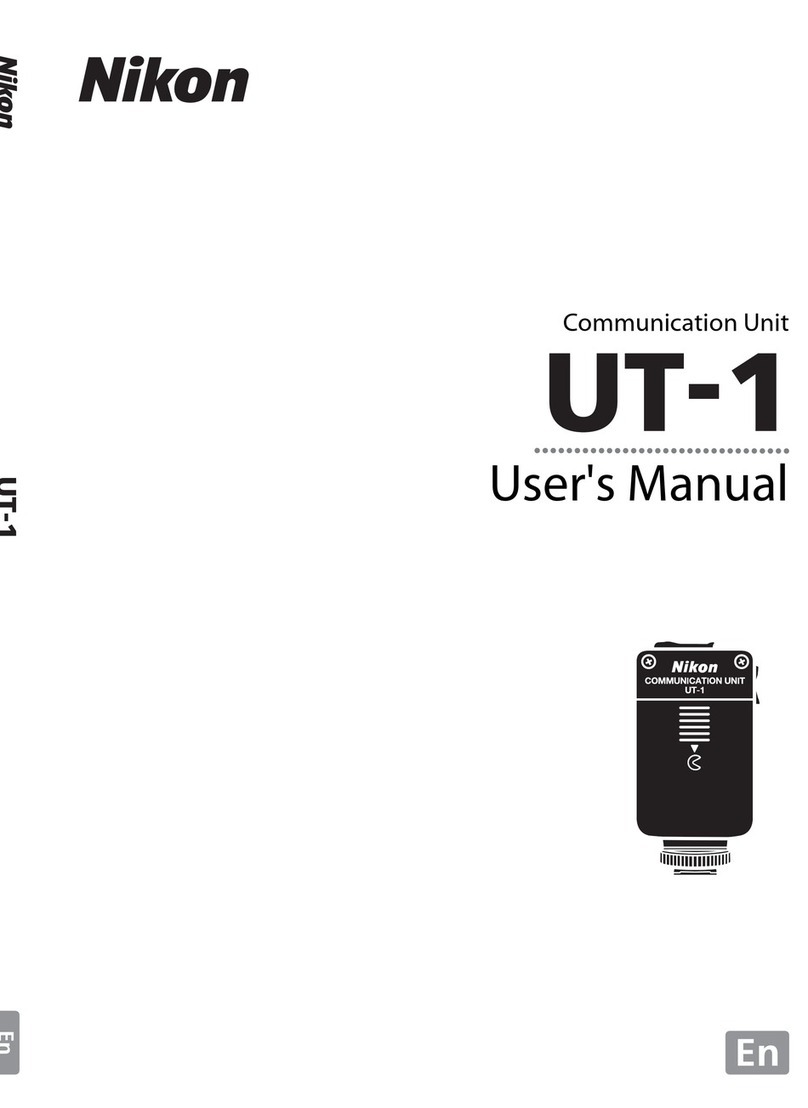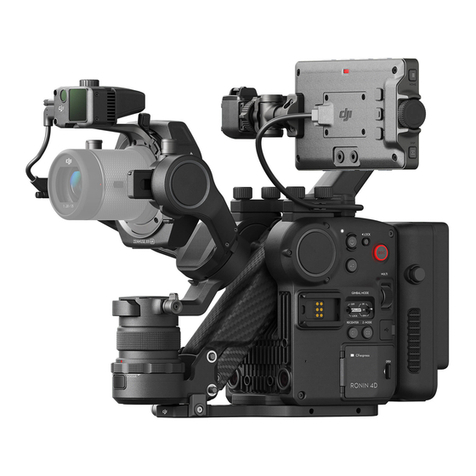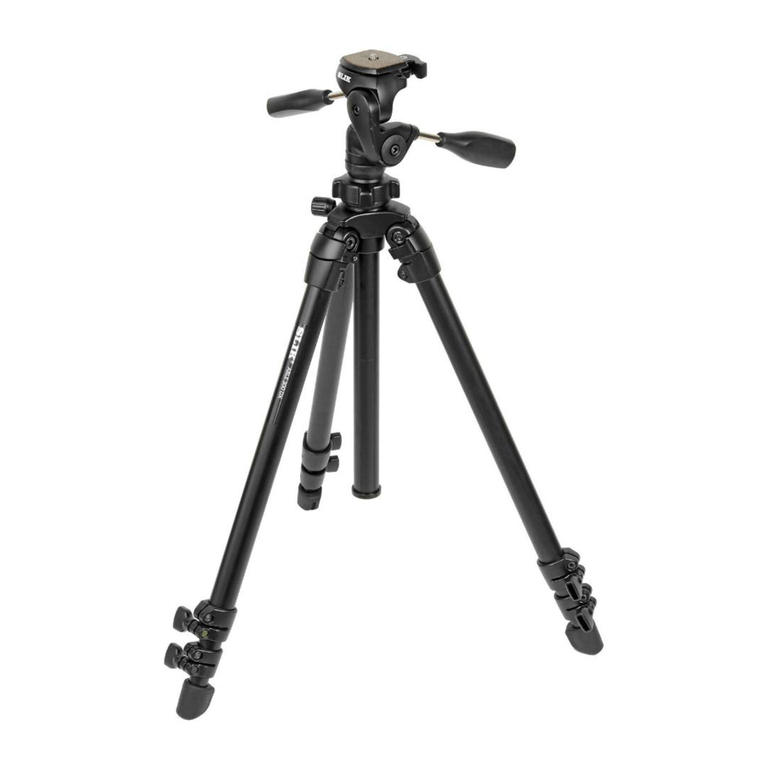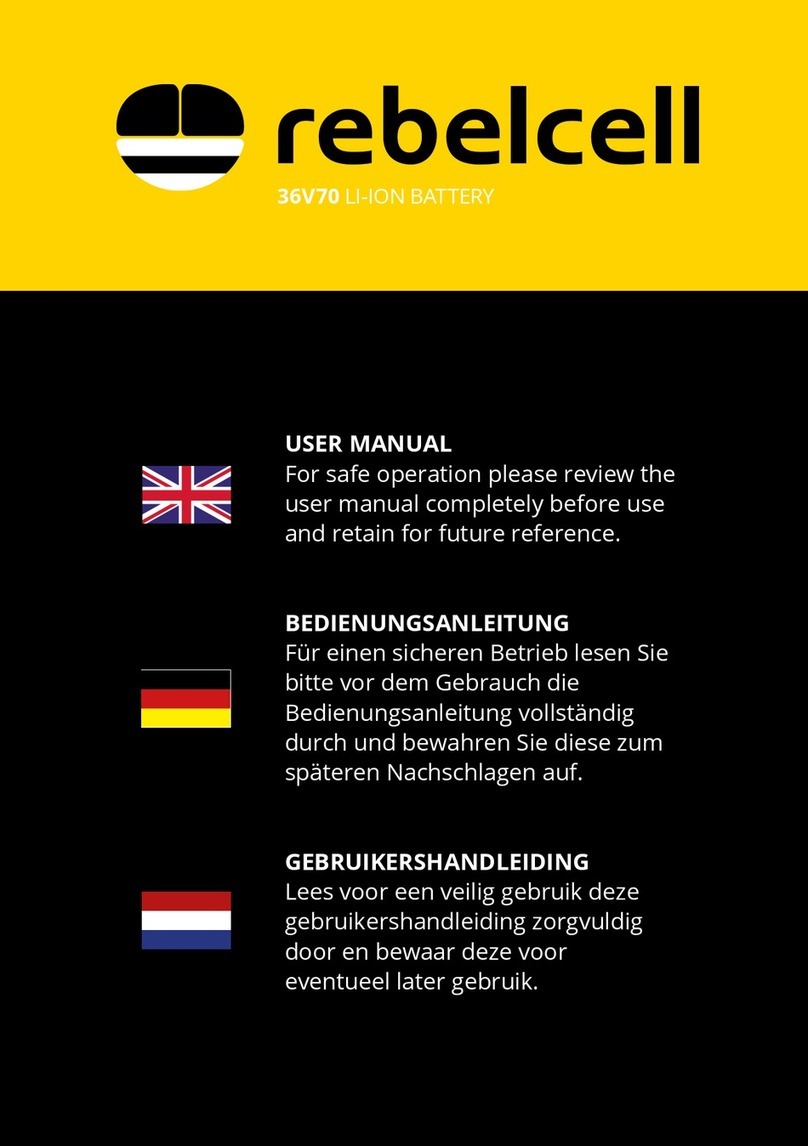
The internal cable and connector are designed to spin and slide in and out. We changed from a
fixed connector design to make it field serviceable. If the cable slides out the bayonet end it will pop back
into the bayonet mount.
To assure maximum integrity in the center post, there are no slots or grooves cut into the inner or
outer posts. It would be possible to spin the outer post around the inner post, uncoiling the inner-coiled
cable when connected to the LEH & UCP, and eventually this would make telescoping and contracting
difficult. Be cautious in trying not to spin your inner or outer tube more than 720 degrees in any one
direction. Damage to internal conductors may occur if repeated spinning of the cable persists in a single
direction.
This tube is sealed and there are no serviceable components inside the post. However the post
connector can be easily removed if need be. Be extremely cautious not to bend or break the protruding
connector pins. If a pin is damaged do not try to engage it into the UCP/LEH mating connector.
Changing over to a super post can be easily done in 5 minutes. For cleaning the post use a soft
cloth and light duty spray cleaner. Do not wipe with a solvent that may remove the ink on the inner post.
Ultimate 2 Lower Electronics Housing (LEH)
Here is what this Ultimate 2 has to offer.
Battery Management System (BMS)
Microprocessor controlled system
that monitors all batteries plugged
into the LEH, draws power from 1,2
or 3 of those battery packs. When
you change batteries you change all
batteries at once. All batteries
plugged in are monitored and
selected by the computer to provide
both 12 & 24 Vdc when selected
based on power demand and
batteries ability to deliver power.
The BMS displays the individual
voltage of each battery plugged into
the system in 12 Vdc mode and
combined 12 and 24Vdc display in
24Vdc mode.
Single Power on/off pushbutton. With power indicating LED
Single 12/24 pushbutton power selector. User can power the system with a 24Vdc battery. This
battery will feed 24 Vdc to all 24 Vdc power outputs only. One user selectable battery plate can
accept a single 12 or 24 Vdc battery for 24 Vdc power requirements, for example cameras and
accessories. If the user tries to attach the 24 Vdc battery to any of the other two battery plates the
BMS will display a “CANNOT BE 24 VOLTS”warning on the LCD letting the user know it can not
be used on that battery plate.
User selectable “LO” battery indicator for 12 and 24 setups. Blinking super bright amber LED
On/Off control of the LCD backlight.
Correctly wired for the most demanding power situations, up to 40 amps at 14Vdc.
Video distribution amplifier for composite video and loop through for up to two HDSDI video lines.
Reverse polarity protected
Short circuit protected
Signal noise filtering for video and power
User selectable voltage output for your recorder, 4.5, 7.2, 9 and battery voltage
Selectable Record/Playback toggle switch
Left-right and fore-aft fine trim balance adjustments.
Telescoping battery plates
Your choice of Anton Bauer, PAG, or IDX V mount battery plates
7
